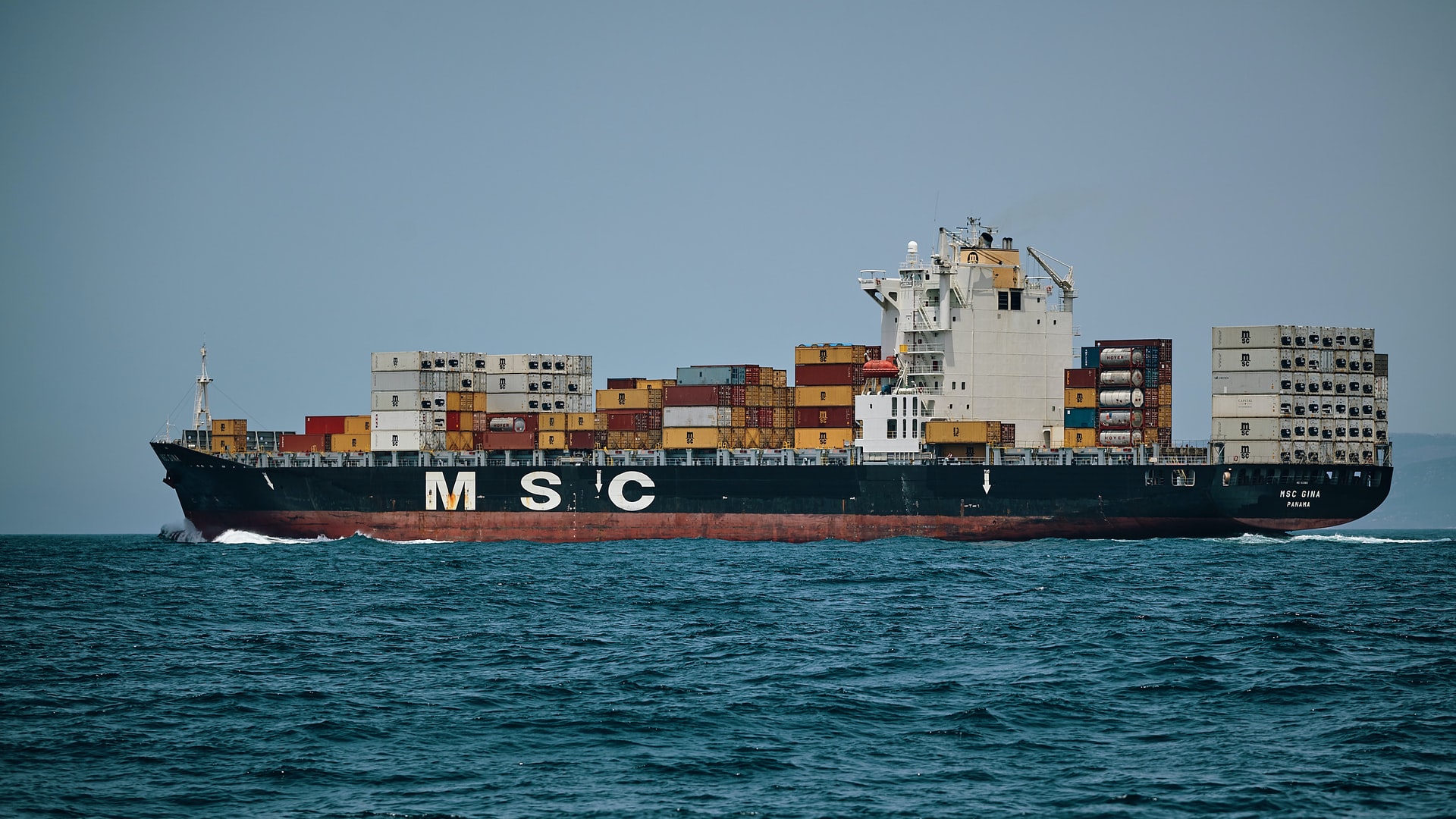
Shipping
Benefits of Malta Ship Registration
What makes Malta a Flag of Choice?
- ships may be registered in the name of legally constituted corporate bodies or entities irrespective of nationality, or by EU citizens;
- twenty-four (24) hours, seven (7) days a week service in respect of urgent matters;
- low company formation, ship registration and tonnage tax costs;
- Maltese law provides for registration of yachts that are being built or equipped;
- attractive tax incentives to yachts and superyachts owners encouraging commercial operation;
- no restrictions on the sale or mortgaging of Maltese registered yachts and superyachts;
- a dynamic registration with one of the largest ship registers in the world and very active in EU for and international organisation such as the International Maritime Organization (“IMO”);
- a sovereign state, member of the EU with political, fiscal and social stability;
- progressive reduction in registration and tonnage tax costs for younger ships;
- incentives may also be extended to smaller ships;
- no restrictions on the nationality of the master, officers and crew;
- no restrictions on the sale or transfer of shares of a company owning Maltese ships;
- no restrictions on the sale and mortgaging of Maltese ships;
- no trading restrictions and, preferential treatment to Maltese ships in certain ports;
- Malta is an international maritime centre providing the whole range of maritime services.;
- attractive incentives to owners, registered charterers and financiers of Maltese ships of over 1,000 net tonnage.
What makes Malta flag of Confidence?
- Serious and proficient maritime administration;
- Adherence to international standards through the flag state inspectorate;
- Sound multilateral and bilateral relations;
- Active participation in international shipping fora.
Ships Under Construction
Malta shipping law provides for the registration of vessels that are being built or equipped.
The requirements relating, inter alia, to survey and safety of ships already built and, to the declaration of ownership where the builders have not yet effected delivery to owners will be suspended until construction is completed or until delivery has been made.
Vessels to be classed as trading ships are to be built under the supervision of a recognized organisation.
Bareboat Charter Registration
Malta Bareboat charter registration allows ship owners the option to capitalise on the use of their vessels by providing more operational flexibility. Two scenarios of this type of Malta vessel registration are allowed by Maltese law: the bareboat charter registration of foreign ships under the Malta flag and the bareboat charter registration of Malta ships under a foreign flag.
The main principles adopted at law are, the compatibility of the two registries and, that matters regarding title over the ship, mortgages and encumbrances are governed by the underlying registry. The operation of the vessel falls under jurisdiction of the bareboat charter registry. The particular foreign ship registries which have been declared to be compatible to date by the Minister responsible for shipping according to law for purposes of Bareboat charter registration are exhaustively indicated in List of Compatible Ship Registries.
Within these parameters vessels which are bareboat charter registered in Malta, enjoy the same rights and privileges, and have the same obligations, as any other ship registered in Malta.
A bareboat charter registration shall be for the duration of the bareboat charter or until the expiry date of the underlying registration, whichever is the shorter, but in no case for a period exceeding two (2) years. Registration may also be extended.
The requirements and registration procedure for bareboat charter registration in Malta are similar to a normal registration, with a number of exceptions as follows:
- yacht is bareboat chartered to a body corporate, entity or such other person qualified to own a Malta vessel;
- yacht is not a Malta yacht, and is registered in a compatible registry;
- yacht is not registered in another bareboat registry;
Bareboat Charter Registration of Foreign Ships Under the Malta Flag
The maximum period for such registration is two (2) years, which period may be further extended for additional periods of two (2) years each should the parties involved agree to do so. The registration procedure does not differ much from normal registration of a vessel and the documents to be filed comprise a declaration of bareboat charter accompanied by the charter agreement together with consent letters from the underlying registry, owners and mortgagees.
Vessel registered as bareboat charter need to conform to the same obligations and also benefit from the same rights and privileges accorded to vessels registered under the Malta flag.
Bareboat Charter Registration of Maltese ships under a foreign flag
The first step to carry out this type of registration involves the issue of consent by the Maltese maritime authority to that effect. Such consent will only be issued upon filing and review of the pertinent documentation such as:
- the application for registration by the charterer or an authorised representative;
- a declaration of bareboat charter accompanied by the charter agreement;
- a transcript or an extract of the underlying registration;
- a copy of the yacht’s International Tonnage Certificate; and
- the consent in writing of the underlying registry, owner and mortgagees.
Private Pleasure Yacht Registration
Any yacht may be registered under the Malta flag. The Malta flag offers the possibility to register a yacht for pleasure or commercial use. A pleasure yacht, as understood by the Maltese Merchant Shipping Directorate, is one of six (6) meters in length or more, which does not carry passengers for reward and is not engaged in trade.
A commercial yacht is considered to be one of not less than fifteen (15) meters in length or more, which do not carry cargo, carries not more than twelve (12) passengers and operated by the owner or body corporate owning the yacht for commercial use.
The following classes of yachts will be considered for commercial registration:
- Yachts in commercial use of not less than fifteen (15) metres in length and not more than twenty-four (24) metres.
- Superyachts in commercial use of more than twenty-four (24) metres in length and less than five hundred (500) gross tonnes.
- Superyachts in commercial use of more than twenty-four (24) metres in length and five hundred (500) gross tonnes and over.
In terms of Malta shipping legislation, the registration of pleasure yachts is normally done in two stages namely, the Provisional Registration followed by the Permanent Registration. For Provisional Malta Registration of a yacht, certain basic documentation must necessarily be presented to the Merchant Shipping Directorate following which a provisional certificate of registration would be issued.
Malta Provisional Registration lasts for six months during which time other documents would need to be presented for Permanent Registration. The six-month period of Provisional Registration can be extended where needed.
Super Yacht Registration – Commercial Yachts
The Malta Commercial Yacht Code (“Malta Code”) was launched in 2006 and was developed mostly based on industry established standards, but unlike other codes, the Malta Code brings together in one document the requirements for both yachts below twenty-four (24) metres and yachts above twenty-four (24) metres. The Malta Code has been proving successful and has gained acceptance and recognition within the industry.
Maltese law is very advantageous for the operation of commercial yachts. The Malta Code gives the opportunity to yacht owners to have their yachts registered under the Malta flag as a commercial vessel which therefore enables them to pay an annual tonnage tax on the tonnage of their yacht instead of income tax on earnings with savings made on building and operational costs.
The following classes of yachts will be considered for commercial registration:
- Yachts in commercial use of not less than fifteen (15) metres in length and not more than twenty-four (24) metres.
- Superyachts in commercial use of more than twenty-four (24) metres in length and less than five hundred (500) gross tonnes.
- Superyachts in commercial use of more than twenty-four (24) metres in length and five hundred (500) gross tonnes and over.
